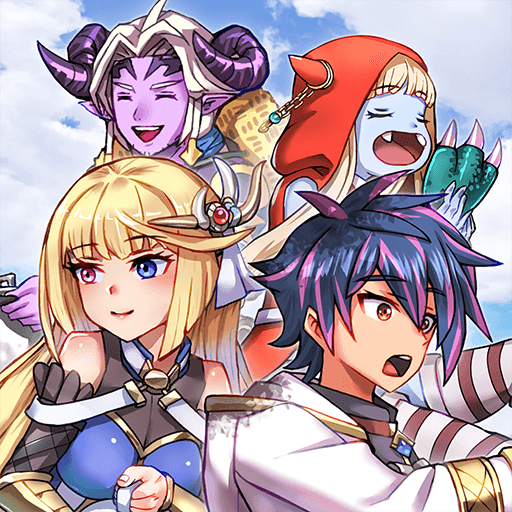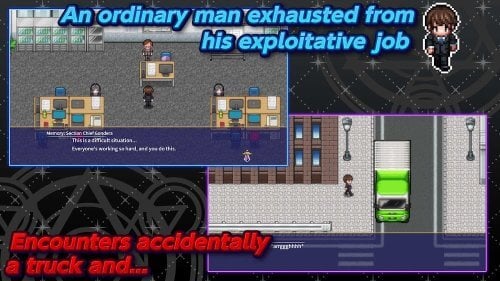In a surprising twist, the protagonist Sho, a young man working for an exploitative corporation in present-day Japan, finds himself reborn in a place called Shaw! due to a mysterious incident. This plot device is a common trope in manga, but can he use his new life to become a successful gamer?
Sho’s new job title is ’Unemployed’ and he continues to face challenges with a streak of bad luck. However, he is suddenly presented with the opportunity to become a Sage, gaining powerful and rare passive skills. This allows him to overcome challenges without being emotionally affected. With the help of a machine, he must stop the impending end of the world.
Despite hoping for a more relaxed life after meeting the Hero Viola, Sho is instead thrust into a battle against the Overlord. This war pushes him to become even more powerful than he ever thought possible. Each day brings him closer to his final destination, and in order to reach the end goal, he must continuously overcome obstacles. With special abilities like time manipulation and summoning souls, he must defeat enemies in turn-based battles, manage mana, and use monster skills.
As Sho completes quests and rises in his guild’s ranks, he can join larger and riskier adventuring parties. This once-in-a-lifetime adventure may also include unique features like randomly generated treasure chests in arenas and dungeons. Through this game, Sho can finally achieve the quiet and simple life he has always desired.
FEATURES
Single-player and/or multiplayer modes: Games can be designed for solo play or online multiplayer. Single-player games typically have a linear story and focus on completing objectives alone, while multiplayer games allow players to team up with others to complete objectives, fight against other players, or explore the game world together.
Character creation and customization options: Many games allow players to create and customize their own character, choosing gender, race, appearance, abilities, and other characteristics.
Quests, missions, and objectives to complete: Games often have objectives for players to complete in order to progress. These can include main story quests and side missions, involving tasks like defeating enemies, solving puzzles, or collecting items.
Combat and/or puzzles to solve: Many games feature combat mechanics where players fight against enemies using weapons or abilities. Others focus on solving puzzles or challenges to progress.
Skill and/or ability trees to progress through: Some games have skill or ability trees that allow players to customize their character’s abilities and progression.
Inventory management and equipment upgrades: Many games have inventory systems for managing items and equipment. Some also offer the ability to upgrade or customize equipment.
Non-playable characters (NPCs) to interact with: NPCs are characters within the game world that are not controlled by players. They may offer quests, sell items, or provide information about the game world.
Crafting and/or gathering systems: Some games allow players to gather resources and craft items or equipment.
Storyline and narrative elements: Games can have complex storylines and narratives that players follow as they progress.
Achievements and rewards for completing certain tasks or challenges: Many games offer achievements or rewards for completing tasks or challenges within the game.
Difficulty levels and adjustable game settings: Games may offer adjustable difficulty levels or game settings to make the game easier or harder.
Online leaderboards and rankings: Many online games have leaderboards and rankings for players to compete against each other for high scores or rankings.
Downloadable content (DLC) and expansions: Additional content, such as new levels, missions, or characters, can be downloaded in many games.
Modding and customization options: Some games offer modding or customization options for players to create their own content or modify the game.









